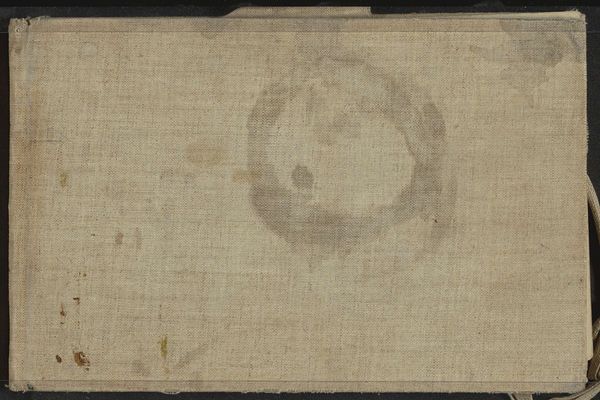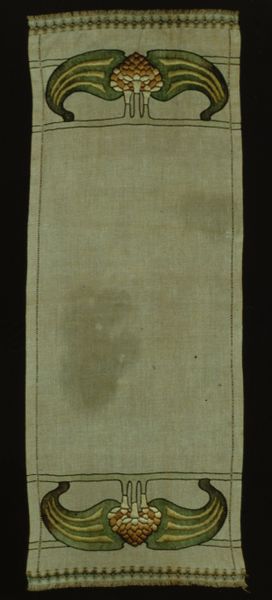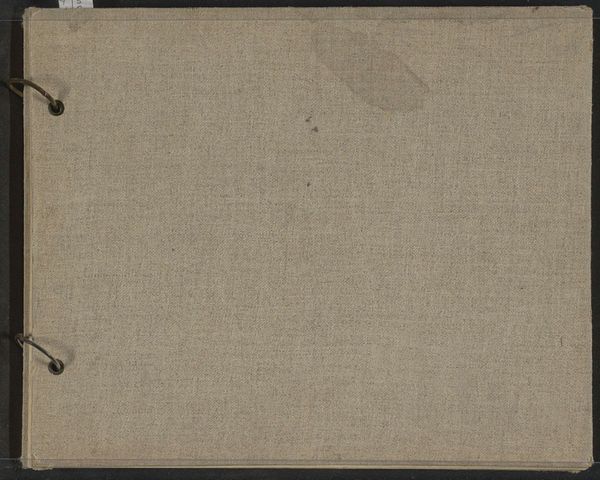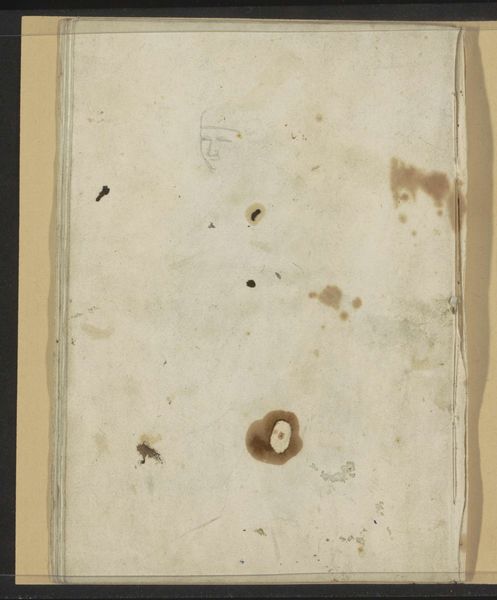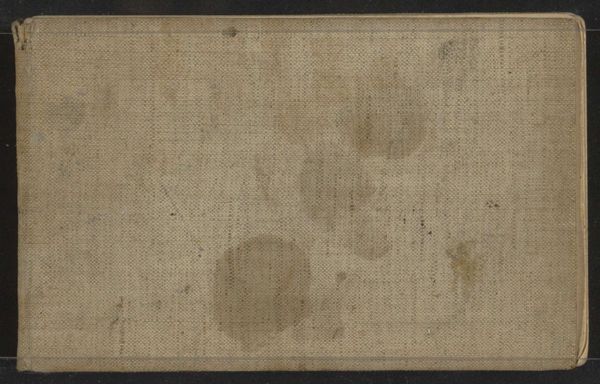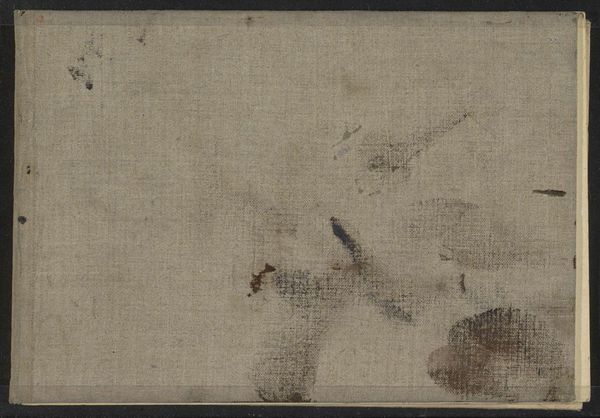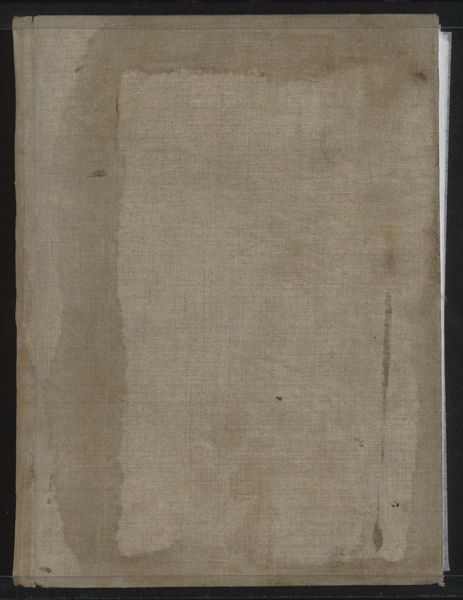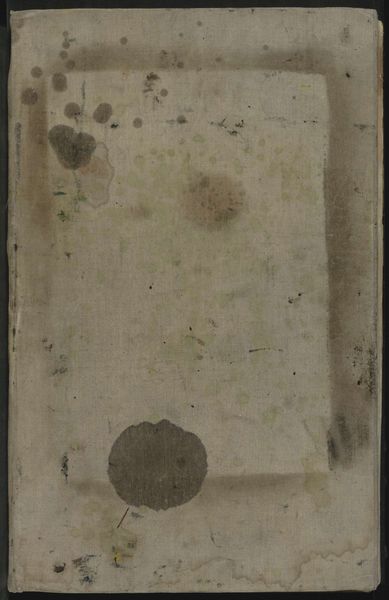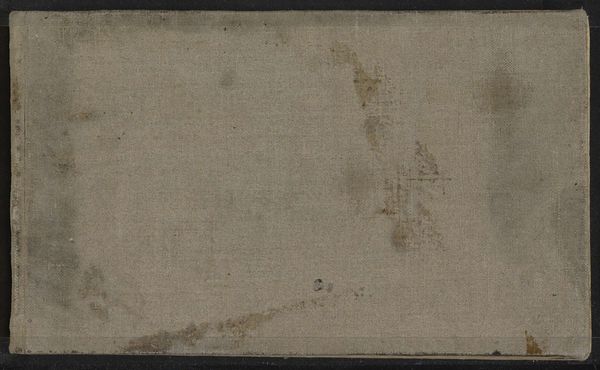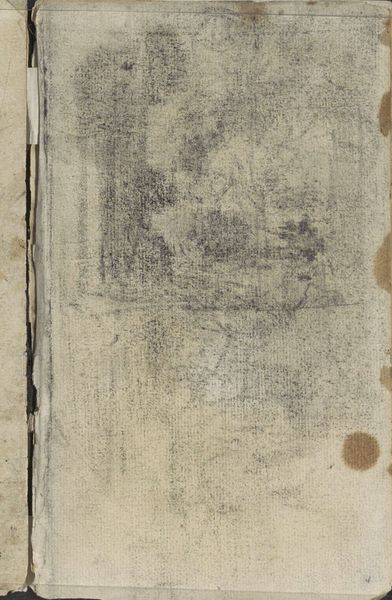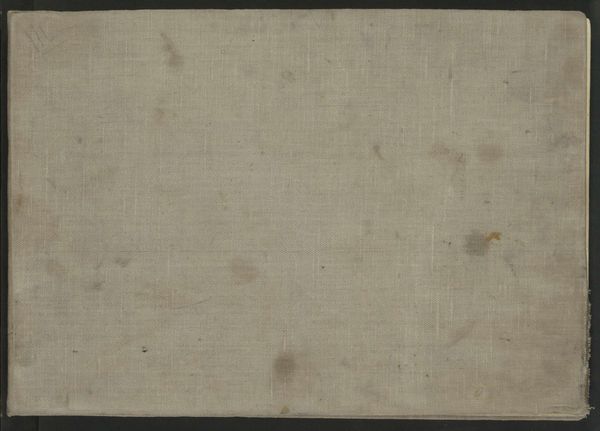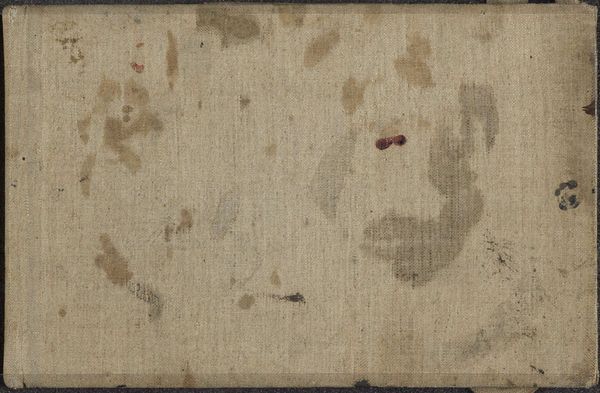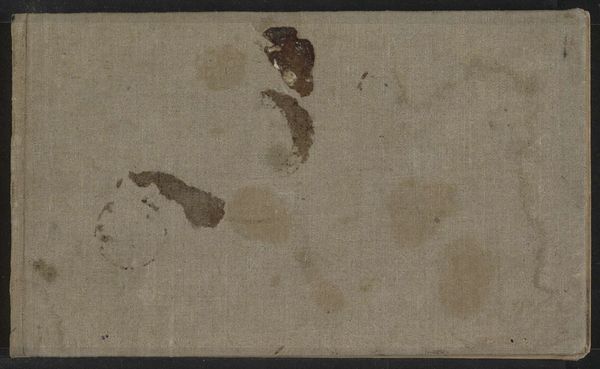
collage, paper, frottage, architecture
#
collage
#
paper
#
frottage
#
architecture
Dimensions: height 142 mm, width 105 mm, thickness 14 mm, width 212 mm
Copyright: Rijks Museum: Open Domain
Curator: At first glance, this looks like something I would find in my grandmother's attic. Worn out, but with a hint of untold stories and secrets tucked away inside. Editor: Precisely. What we have here is a sketchbook—"Schetsboek met 69 bladen"—containing 69 leaves, attributed to Reijer Stolk, and thought to have been created between 1906 and 1945. The Rijksmuseum now holds it. Curator: So, it's a time capsule! I can almost smell the faint scent of old paper and forgotten dreams. Looking closer, I see stains, smudges—the evidence of a life lived alongside the art. Editor: Indeed. Stolk employs media like collage, paper, and the frottage technique—and includes a range of subjects, especially architecture, within these pages. Curator: Ah, architecture! So perhaps a catalog of the buildings he loved, or designs for structures yet to be built. There is a quiet longing. You know, the sketchbook gives a feeling of intimacy like flipping through a friend's private journal. Editor: Note how the use of collage layers different fragments, juxtaposing textures and forms. The frottage would capture the surfaces of the world in such an immediate, unfiltered way, creating unique patterns, textures and gradients. The physical act of rubbing translates into these visual records offering a sense of connection. Curator: Connection yes, and also maybe searching. Searching for what could have been, should have been. It seems the artist created these pages during tumultuous times, and the stains and wear suggest a constant companion in an unsettled world. Editor: You see how materiality can reflect its temporal-spatial situation. These techniques invite tactile encounters, inviting an active, somatic engagement for the artist, and subsequently, for us the viewers as well. This embodies an immediate engagement to its environmental contexts. Curator: To think about the countless hours someone spent pouring their heart onto these pages—it’s kind of beautiful, kind of heartbreaking, and undeniably human. Editor: Consider it an intimate study of place, memory and touch from the artist's immediate experience and their surroundings; how their experiences shape both the subject and artistic practice within these unassuming pages.
Comments
No comments
Be the first to comment and join the conversation on the ultimate creative platform.
